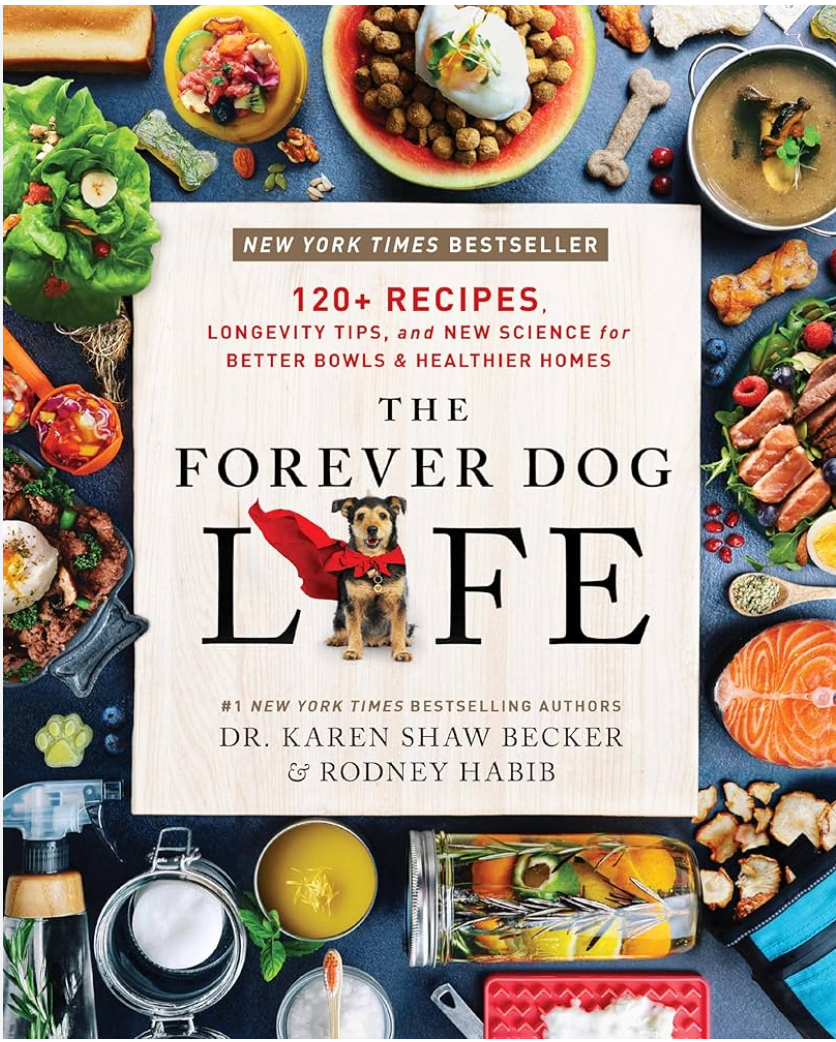Why Sardines in Tins Are Trending—And Why Your Pet Might Thank You for Joining In

There’s a viral moment happening right now—and no, it’s not another dance challenge. Sardines. In tins. On charcuterie boards. As afternoon snacks. Plated like delicacies on fancy ceramics and served with crusty sourdough and pickled onions. It’s the “sardine girl era,” and honestly, we’re here for it.
But while this TikTok-fueled trend might feel a little bizarre (or delightfully retro), there’s one thing we know here at Woof Creek: sardines aren’t just good for humans. They’re fantastic for our pets, too.
Sardines: A Tiny Fish with Big Benefits
Sardines are rich in:
-
Omega-3 fatty acids (EPA & DHA) – these support skin, coat, joint, brain, and heart health in both dogs and cats.
-
Protein – ideal for maintaining lean muscle and supporting energy levels.
-
Vitamin D, B12, and selenium – all key nutrients that bolster immunity and support neurological and metabolic health.
The best part? Sardines are small, short-lived fish, which means they’re naturally lower in heavy metals like mercury—making them a safer option compared to larger fish like tuna.
What Kind of Tinned Sardines Are Best for Your Pet?
All sardines are not created equal, especially when it comes to your fur babies. Here’s what to look for:
✅ Low-Sodium or No Salt Added
-
High sodium isn’t ideal for pets, especially if they’re sensitive, older, or dealing with heart/kidney concerns.
-
Always opt for sardines labeled “no salt added” or “low sodium.”
✅ Packed in Water (Preferred) or 100% Olive Oil
-
Water-packed is best if you’re watching your pet’s fat intake.
-
If you opt for oil, make sure it’s extra virgin olive oil, not soybean or seed oils, and only offer occasionally to avoid excess calories.
✅ No Added Flavorings
- Avoid sardines with added sauces like mustard, tomato, hot pepper, or smoke flavor—these are designed for human palates and may upset your pet’s digestion or cause harm.
✅ BPA-Free Lining
-
If you’re feeding sardines regularly, opt for tins marked BPA-free to reduce long-term exposure to harmful chemicals.
How to Serve Sardines to Your Pet
-
Whole: Straight from the tin, one or two sardines for a medium-sized dog is usually plenty. For cats or small dogs, chop into smaller pieces.
-
Mixed In: Stir into their raw or kibble-based meals for a nutrition boost, using the above as a guide for how much to add.
-
Frozen Treat: Freeze sardines into silicone molds with broth or kefir for a cooling summer treat.
Final Fishy Thoughts
Whether you’re partaking in the sardine craze for yourself or simply want to sneak in a little omega-3 goodness for your fur kid, tinned sardines are a budget-friendly, bioavailable powerhouse. Just make sure you’re choosing wisely—and always start with small amounts to see how your pet responds.
🐾 Coming Soon from Woof Creek: Our own sardine-rich recipes (👀 we’re working on something exciting behind the scenes).










